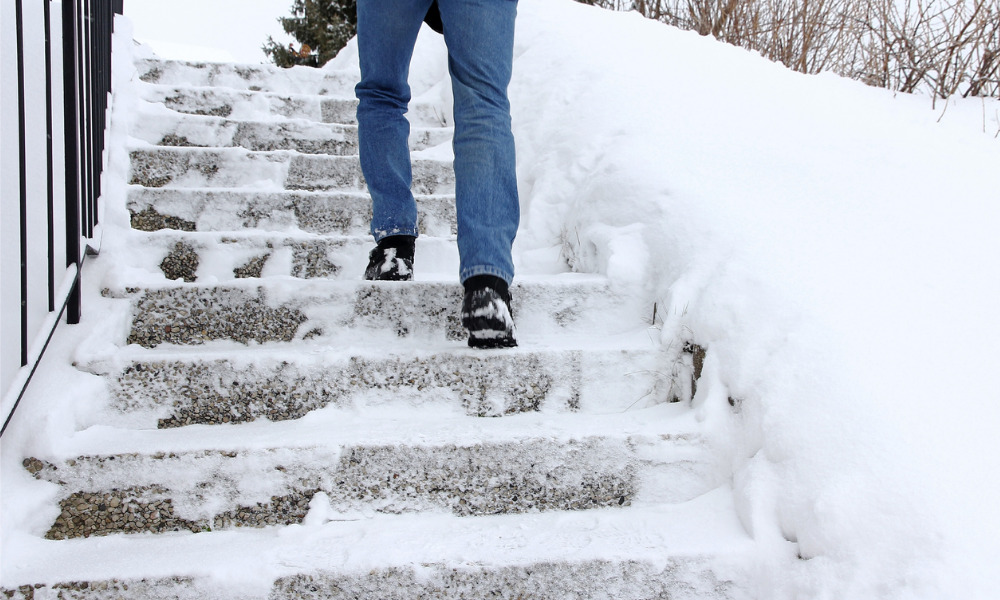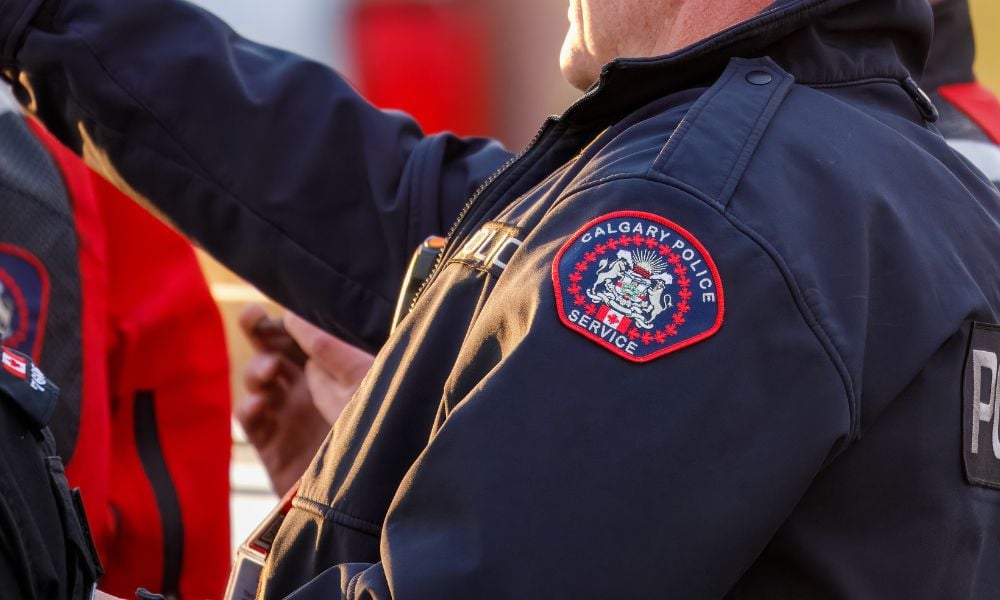‘These incidents can have a tremendous impact on the injured workers as well as their families and co-workers’

WorkSafeBC has released a new guidebook to help employers prevent slips, trips and falls in the workplace.
“Each year, 11,000 British Columbians are injured by slips, trips, and falls in their workplaces. These incidents can have a tremendous impact on the injured workers as well as their families and co-workers,” said WorkSafeBC in the guidebook. “Injuries from falls can include sprains, bruises, concussions, fractures, and even burns and cuts. Pain and suffering, disability, stress, and even a loss or change of employment can result.”
And employers can also suffer because of these incidents, it said. Annually, these types of injuries cost B.C. businesses more than 260,000 lost workdays and more than $206 million in workers’ compensation payments.
It also has direct costs – like claim payments, increased insurance premiums, and fines – and indirect costs – like incident investigations, the hiring and training of temporary employees, and production or service interruptions, ultimately leading to loss of business.
Managing risks
“Slip and trip prevention begins with identifying and documenting the hazards that exist and where they are in your workplace,” said WorkSafeBC. Here’s how to do it, according to the guidebook.
1. Establish a team of management and workers from different departments and work areas who will inspect the workplace.
2. Create a slip and trip map. Sketch or map the layout of the work area, and mark the locations of slip and trip incidents and known hazards.
3. Review worker feedback and reports of concern.
4. Interview workers, supervisors and joint health and safety committee members about areas of concern.
The full book is available here.
Previously, COS reported about the best practices for avoiding workplace ice slips and falls.
“Winter slips and falls are a problem that persists in nearly every industry from construction to mining to couriers to home-care providers. To address this pervasive issue, the grey area around ice cleat policy needs to be coloured in with thoughtful benchmarking and a proactive approach,” said Ryan DeCaire, Geroline president.





